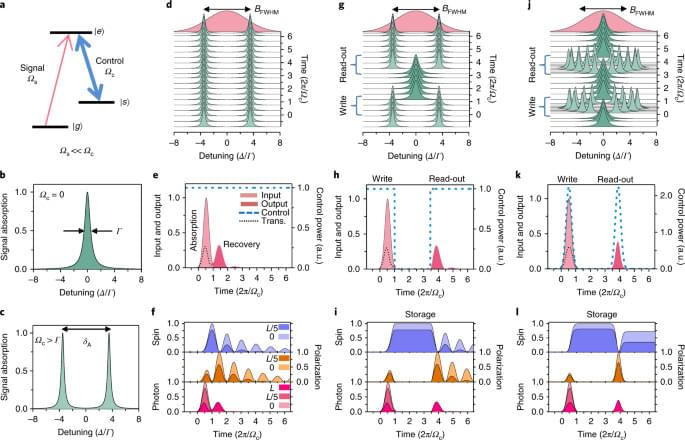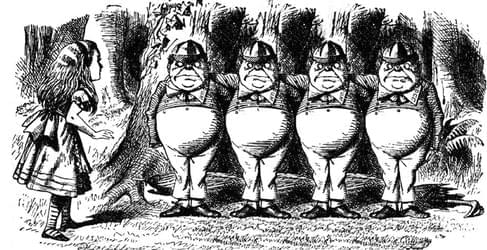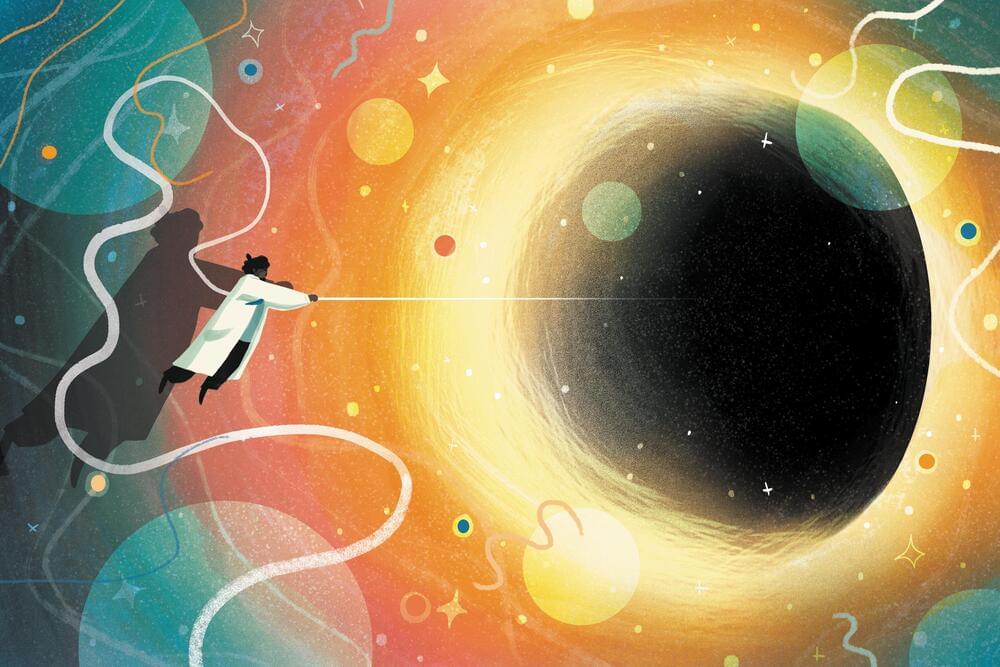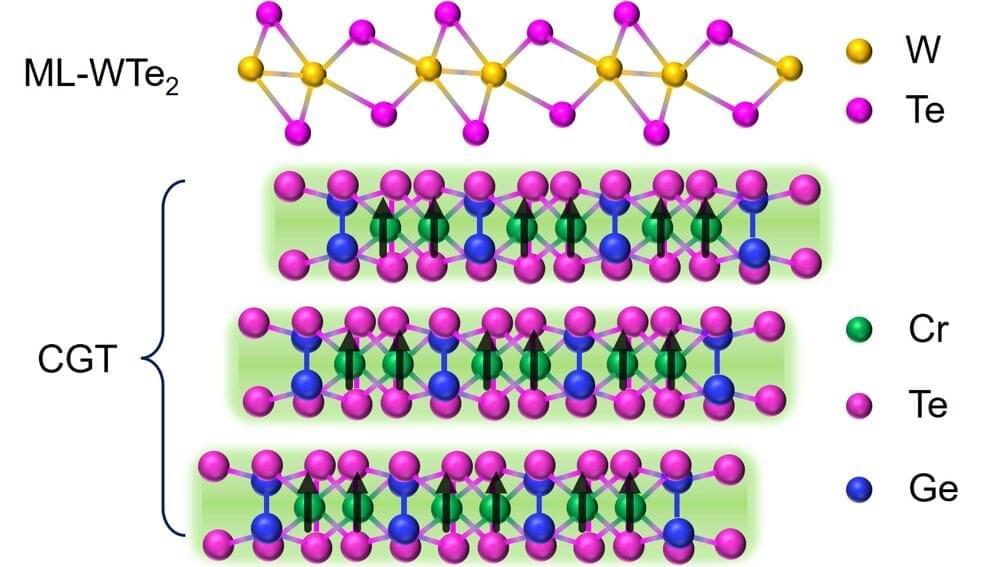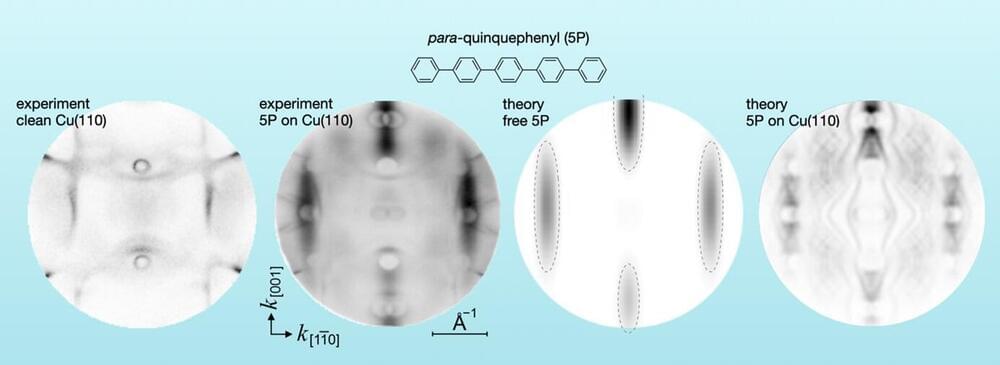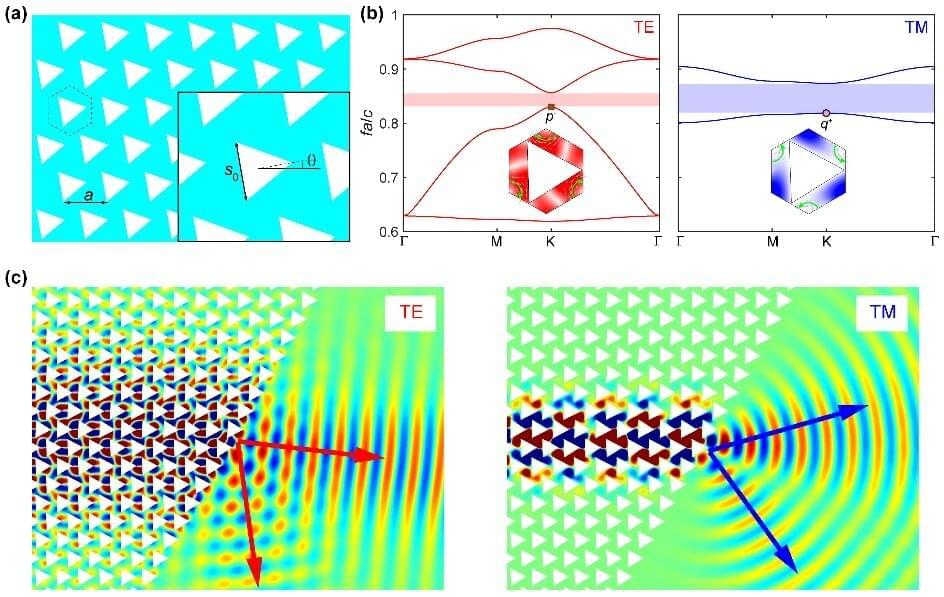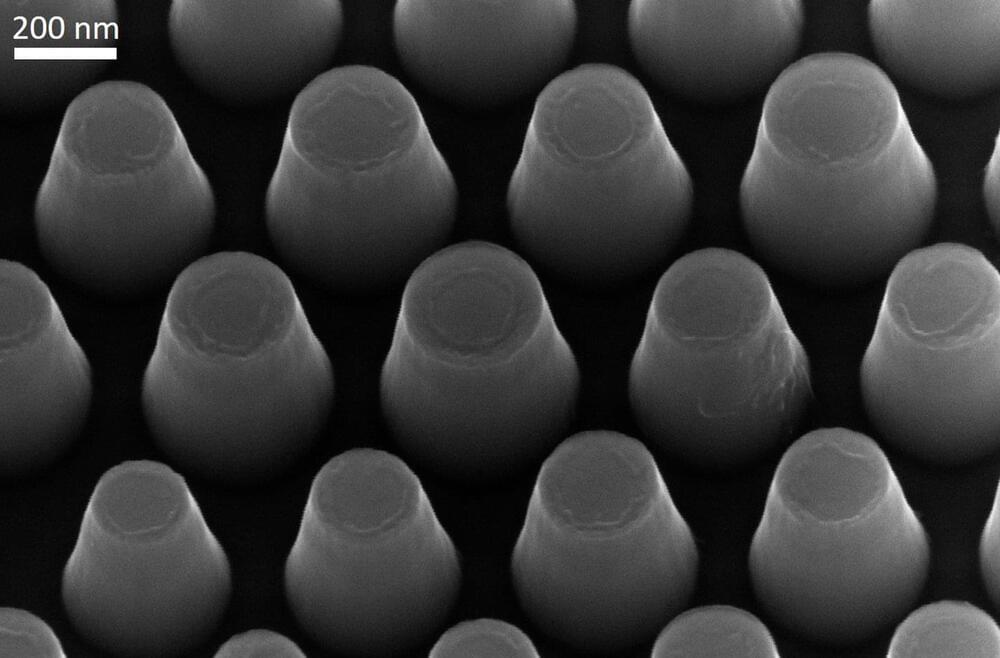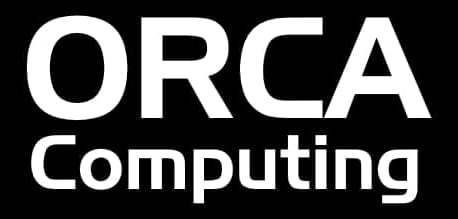Sep 5, 2022
Fractal hard drives for quantum information
Posted by Quinn Sena in categories: computing, education, finance, quantum physics
Circa 2016 face_with_colon_three
The Deutsche Physikalische Gesellschaft (DPG) with a tradition extending back to 1,845 is the largest physical society in the world with more than 61,000 members. The DPG sees itself as the forum and mouthpiece for physics and is a non-profit organisation that does not pursue financial interests. It supports the sharing of ideas and thoughts within the scientific community, fosters physics teaching and would also like to open a window to physics for all those with a healthy curiosity.

